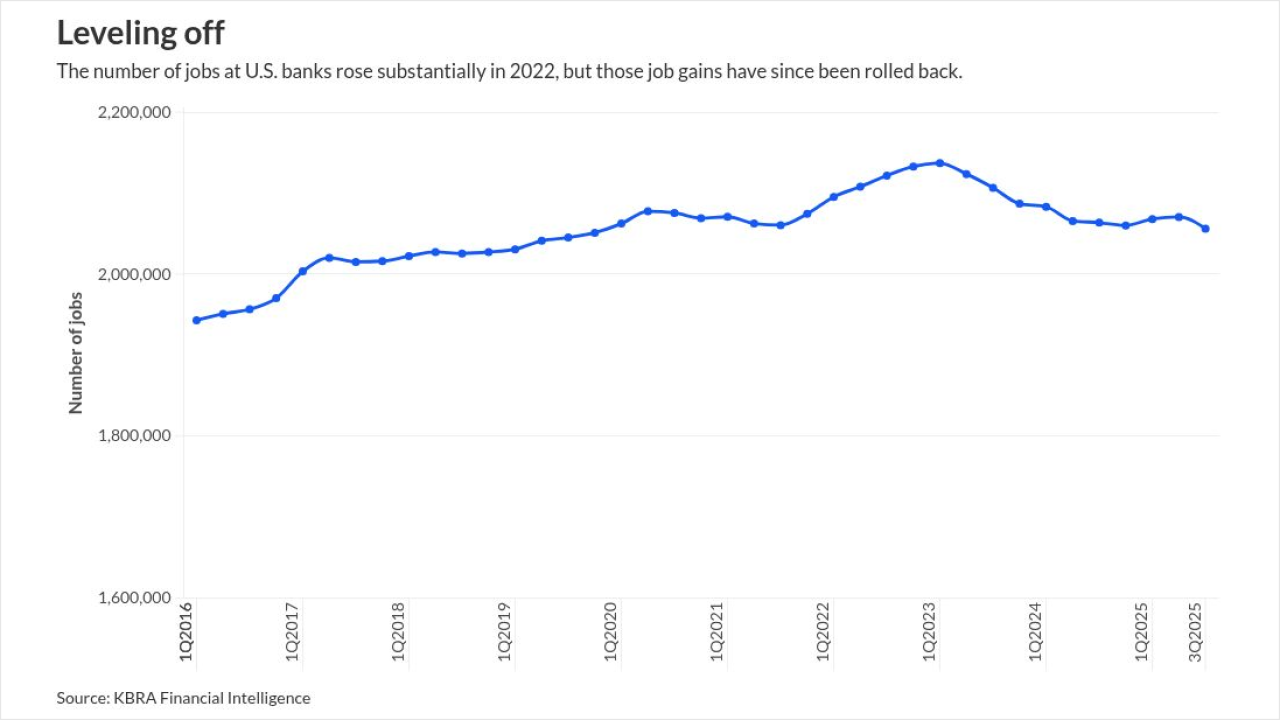The future of lending lies in machine learning.
ML can help lenders increase originations, reduce risk, improve pricing and significantly cut costs. Credit union customers we’ve worked with have seen charge-off rates reduced by more than 25%.
But so far, the vast majority of early adopters have been large banks, while many credit unions and other small lenders believe the complexity, cost, and skills necessary to incorporate ML into their operations makes it hard to justify the business case.
A recent Fannie Mae survey of senior executives from nearly 200 lenders found that more than half of the larger institutions (52%) expected to be regular users of ML or AI in the next two years, but only 15% of credit unions and other smaller institutions had similar plans.

Our experience suggests that ML can benefit institutions of all sizes. In fact, the results are every bit as powerful for smaller lenders as larger ones, if not more so. Nonetheless, we often encounter a degree of healthy skepticism.
Here are four concerns from executives at smaller lenders and why they should feel more at ease regarding ML.
Where do I even begin?
Most executives are not so much fearful of ML as they are overwhelmed. The Fannie survey found that 20% of credit union executives said among the biggest reasons they had not adopted ML was that they didn’t know where to start.
That’s understandable. Not only is ML a relatively new technology, but the marketplace is fraught with hype. ML is not magical, it’s just math – a way to use far more powerful models to identify the most creditworthy borrowers.
But it doesn’t have to disrupt your business. Just think about an ML model as a turbocharged version of the traditional scorecard that you use today.
Smaller lenders also worry about the quality and availability of their data for use in ML models. The reality is that ML works really well on the information you already have such as bureau and borrower application data.
The more data, the better, and if it’s already set up in your loan operating system, you’ve got a head start. We typically say that if you have at least 100,000 records or 1,000 defaults, and standard credit report on each of the applicants, you probably have enough data to start.
Do I need a fancy IT infrastructure to put my ML model into production?
For many clients, the complexity of integrating ML into their existing loan origination systems and IT infrastructure is a significant concern. The Fannie survey found that 43% of credit union executives rated this among their two biggest roadblocks to ML adoption. Packaged lending software has traditionally been inflexible and difficult to integrate with other systems.
But better options are emerging all the time. New LOS platforms are more flexible and powerful. Automation tools can accelerate model development and validation. Institutions have greater flexibility in their IT infrastructure, too. The latest tools are built to work in the cloud and on-premises, offering an array of deployment options that are more compatible with existing systems.
There are now more experienced partners that can help you get it done.
Do I need to hire an army of whiz kids from Stanford or MIT to explain model results?
Nearly a quarter of all financial executives who responded to the Fannie survey cited a lack of necessary technical skills as a major impediment to ML and AI adoption. If even the biggest banks can’t compete for talent with the likes of Amazon and Google, how are credit unions supposed to recruit ML engineers?
This is where a partner strategy comes into play, as well as shrewd use of automation tools. A decent partner can support your model development, verification, and maintenance processes, and collaborate with your existing team. And advanced model building technology can explain how an ML model arrived at each and every credit decision for every borrower – so that you can provide accurate adverse action reasons to the consumers who rely on them to improve their chances of getting approved.
Will my ML model pass muster with my board and regulators?
The last concern that I commonly encounter is whether this new technology is safe to use. Even though this received the lowest number of responses in the Fannie Mae survey – only about 9% of all financial executives and 6% of credit union executives rated it a significant hurdle – it has the most significant consequences. Simply put: failure here is not an option.
The good news is that ML no longer needs to be a black box. Advances in algorithms and use of the right mathematics are making today’s ML models fully transparent down to the applicant score level so you can do the required disparate impact analysis, and determine if your model is safe to use in production.
(Note that I said the right mathematics. There are a lot of approaches out there, many of which might seem to explain a model’s decisions, but actually, give invalid or inaccurate answers. Buyer beware.)
Automation can also expedite model documentation and validation so you’ll be able to satisfy your risk and compliance teams.
ML is poised to transform underwriting at lenders of all shapes and sizes. It’s time for credit unions to stop wondering if they’re ready. Technology has solved the biggest concerns. Credit unions who take the first steps now can even leapfrog many of the bigger banks.





